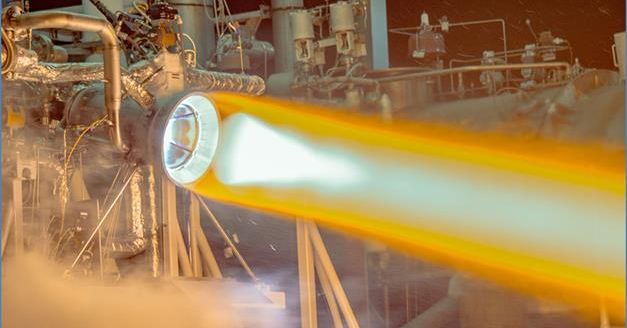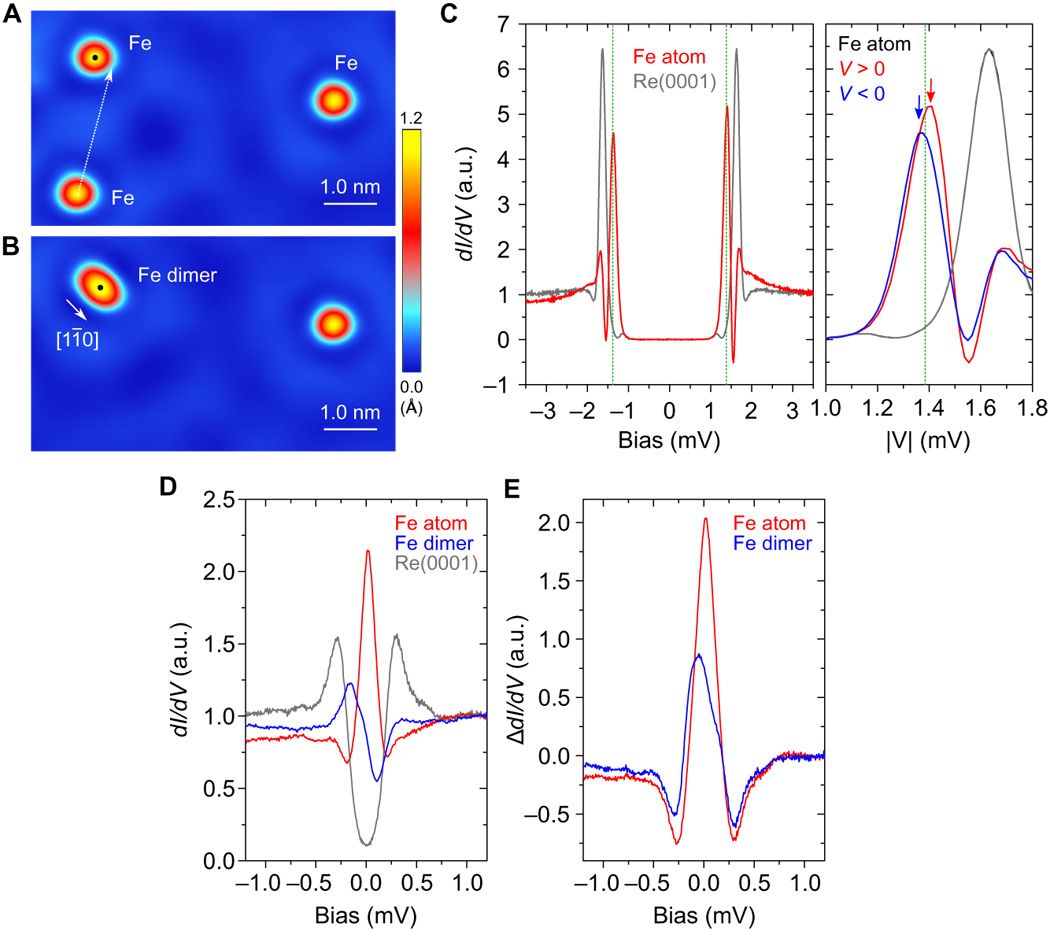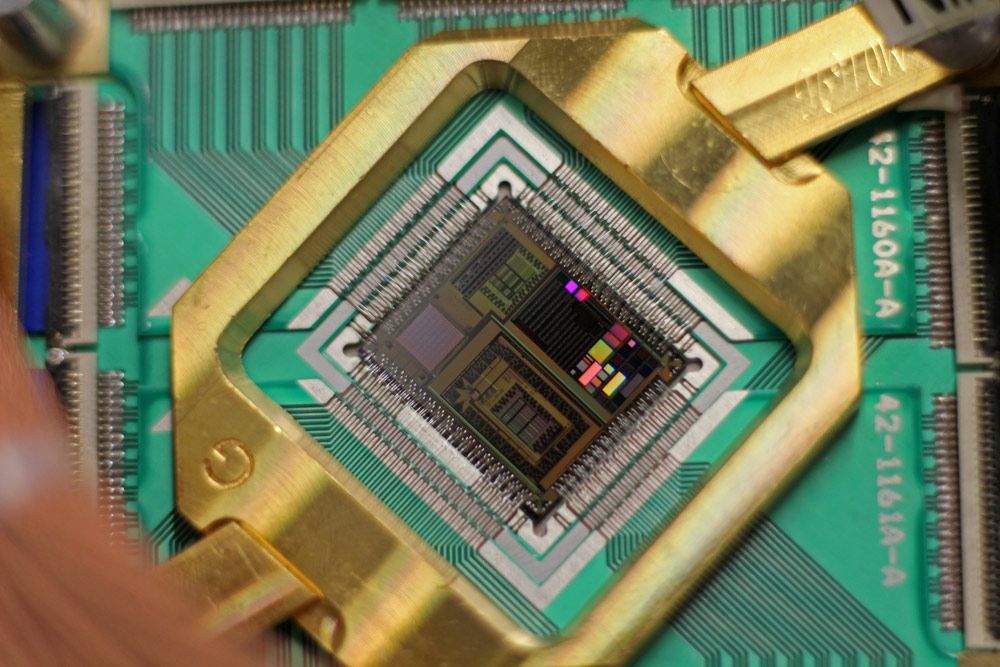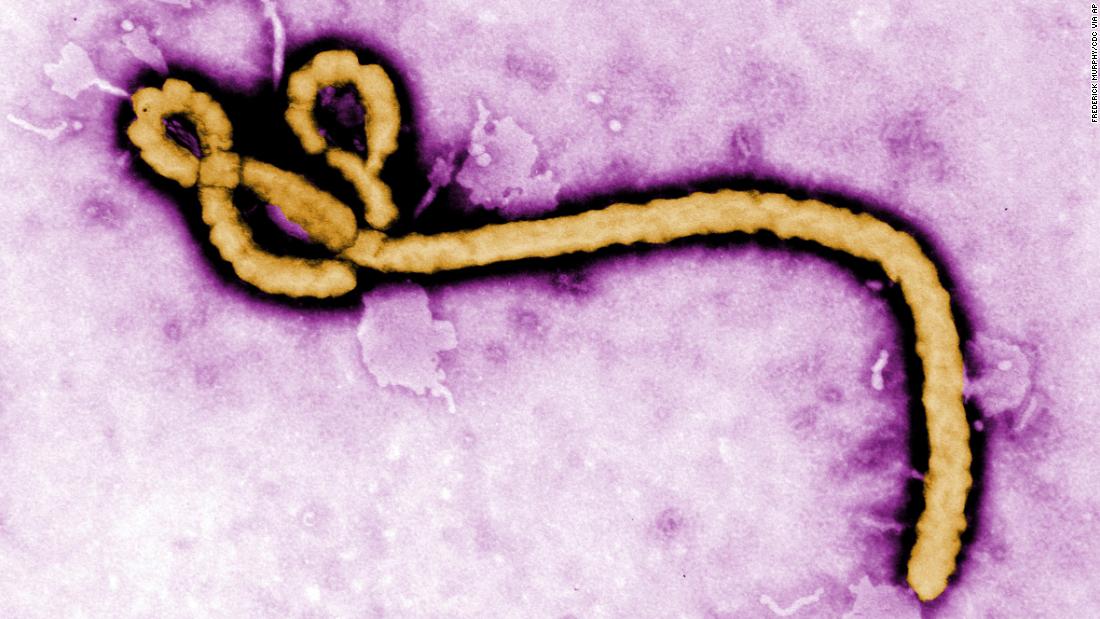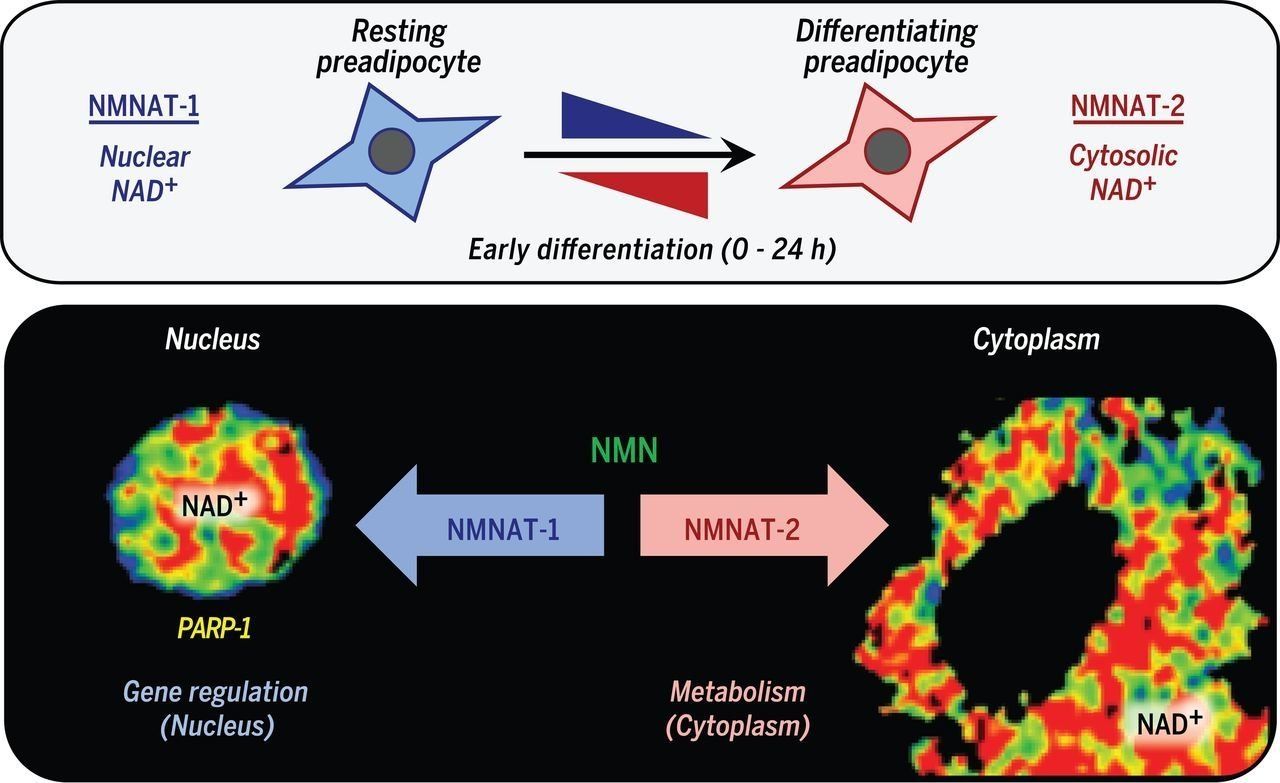Page 8839
May 11, 2018
Tempe scientist 2nd woman in the world to lead deep-space mission
Posted by Genevieve Klien in categories: robotics/AI, space
TEMPE, Ariz. — A Tempe woman could not believe it when she got the phone call.
NASA was on the other end of the line. Lindy Elkins-Tanton, a planetary scientist with the School of Earth and Space Exploration at Arizona State University, learned she would be leading a deep-space mission–the Psyche Mission.
Her objective is to send a robotic probe to a metal asteroid called Psyche.
Continue reading “Tempe scientist 2nd woman in the world to lead deep-space mission” »
May 11, 2018
Toward tailoring Majorana bound states in artificially constructed magnetic atom chains on elemental superconductors
Posted by Genevieve Klien in categories: computing, particle physics, quantum physics
Realizing Majorana bound states (MBS) in condensed matter systems is a key challenge on the way toward topological quantum computing. As a promising platform, one-dimensional magnetic chains on conventional superconductors were theoretically predicted to host MBS at the chain ends. We demonstrate a novel approach to design of model-type atomic-scale systems for studying MBS using single-atom manipulation techniques. Our artificially constructed atomic Fe chains on a Re surface exhibit spin spiral states and a remarkable enhancement of the local density of states at zero energy being strongly localized at the chain ends. Moreover, the zero-energy modes at the chain ends are shown to emerge and become stabilized with increasing chain length. Tight-binding model calculations based on parameters obtained from ab initio calculations corroborate that the system resides in the topological phase. Our work opens new pathways to design MBS in atomic-scale hybrid structures as a basis for fault-tolerant topological quantum computing.
Majorana fermions —particles being their own antiparticles—have recently attracted renewed interest in various fields of physics. In condensed matter systems, Majorana bound states (MBS) with a non-Abelian quantum exchange statistics have been proposed as a key element for topological quantum computing (2–4). One of the most promising platforms to realize MBS are one-dimensional (1D) helical spin systems being proximity-coupled to a conventional s-wave superconductor (5–9). In such a surface-confined system, the MBS can directly be investigated by local probe techniques such as scanning tunneling microscopy/spectroscopy (STM/STS). Previously reported experiments aiming at the direct visualization and probing of the MBS have focused on self-assembled magnetic chains on superconducting Pb substrates (10–15).
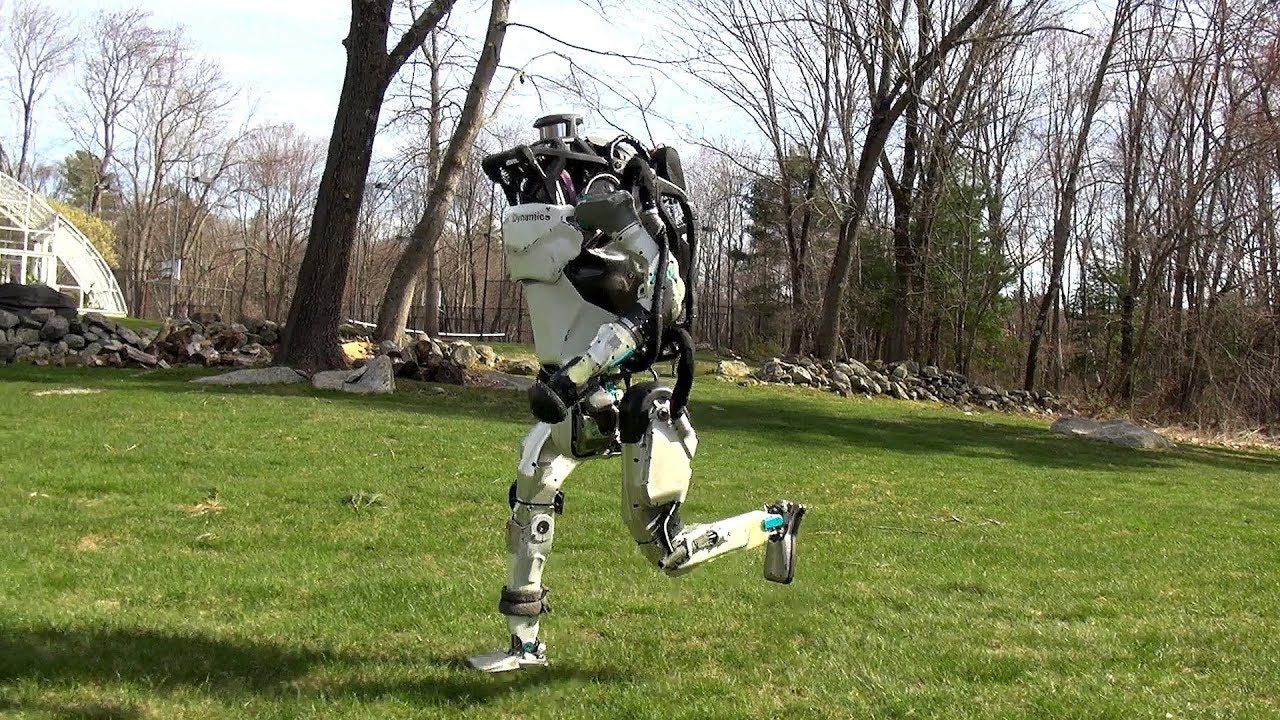
Amazing. They have improved the legs and arms. Main thing, it still needs a set of hands, the torso needs to get shrunk down a lot, try to eliminate all of those whistling and cranking noises completely. And then play around with trying to put it in rubber skin, and putting the Sophia head on to it.
May 11, 2018
This is the most important tech contest since the space race, and America is losing
Posted by Genevieve Klien in category: quantum physics
May 11, 2018
SpaceX launches Block 5 Falcon 9, a radically reusable rocket
Posted by Genevieve Klien in categories: Elon Musk, space travel
Elon Musk and his rocket company just sent a rocket to space that’s designed to do the same thing 99 more times.
May 11, 2018
WHO preparing for ‘worst-case scenario’ in Ebola outbreak
Posted by Genevieve Klien in categories: biotech/medical, health
The World Health Organization is preparing for the “worst-case scenario” as it continues to respond to the Ebola outbreak in the Democratic Republic of Congo.
Peter Salama, deputy director-general of emergency preparedness and response at the WHO, said in Geneva, Switzerland, on Friday that it’s “going to be tough and it’s going to be costly to stamp out this outbreak.”
There have been 34 cases of Ebola virus disease reported during the past five weeks, the WHO said Friday. Of those, two have been confirmed using laboratory tests, 14 are suspected, and 18 — who are deceased — are considered probable for the disease. Three of the patients are health care workers.
Continue reading “WHO preparing for ‘worst-case scenario’ in Ebola outbreak” »
May 11, 2018
Researchers find glycolysis links to gene transcription via NAD+
Posted by Manuel Canovas Lechuga in categories: biotech/medical, food
A team of researchers at the University of Texas has found NAD+ synthesis and consumption integrate glucose metabolism and adipogenic transcription during adipocyte differentiation. In their paper published in the journal Science, the group describes their research into how glucose is converted into fat in the body and what they found. Sophie Trefely and Kathryn Wellen with the University of Pennsylvania and Drexel University, respectively, offer a Perspective piece on the work done by the team in Texas in the same journal issue.
As obesity rates continue to climb around the globe, scientists continue to explore why it is happening. In addition to studying the psychological aspects involved, scientists would also like to better understand why eating too much makes people gain weight. In this new effort, the researchers looked more closely into why consuming too much glucose causes the body to produce fat.
Prior research has shown that nicotinamide adenine dinucleotide (NAD) is an important molecule that plays a role in a wide variety of physiological and pathological processes. Its oxidized form, NAD+, has also been found to act as a cofactor in metabolic pathways, and more importantly, perhaps, is consumed by various enzymes. Once consumed, NAD+ is broken down into nicotinamides and ADP-ribose. This, the researchers note, means that NAD+ must be resynthesized for normal cellular function to continue. They further note that some prior research has suggested that lower-than-normal levels of NAD+ can alter metabolism, leading in some cases to higher disease susceptibility.
Continue reading “Researchers find glycolysis links to gene transcription via NAD+” »
May 11, 2018
How the Machines Are Making Human Resources More Human
Posted by Genevieve Klien in category: robotics/AI
At Collision, start-ups showcased technologies to hire and motivate employees and build better teams. From recruiting to retention, apps are adding automation to the HR function.
May 11, 2018
Data storage on DNA: Where Silicon Valley meets biotech
Posted by Klaus Baldauf in categories: computing, food, genetics, media & arts
In the heart of San Francisco’s Mission Bay neighborhood, which not long ago was dirt lots and warehouses, Emily Leproust is cooking up what she — and $209 million worth of investor cash — believes is the future of DNA production.
Leproust is CEO of Twist Bioscience, a 5-year-old biotech company striving to make the production of synthetic DNA — which is used in fragrances, genetically modified foods and pharmaceutical drugs — cheaper, faster and smaller.
The same lab-manufactured DNA, Leproust hopes, could also transform the way data, from music to medical records, is stored.
Continue reading “Data storage on DNA: Where Silicon Valley meets biotech” »
